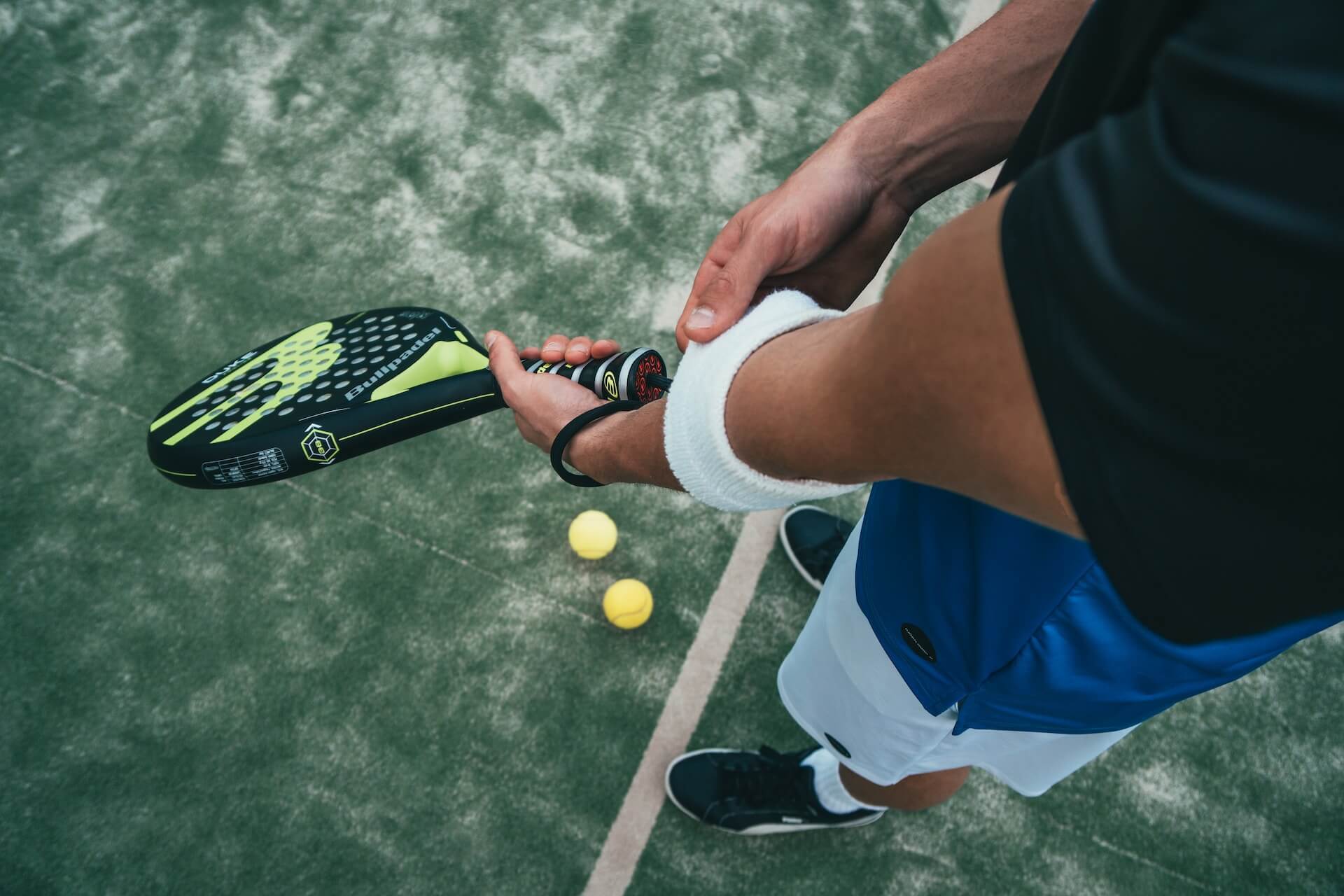Diagnosis and Treatment of Osteochondritis Dissecans in Wake County

What is Osteochondritis Dissecans?
Osteochondritis dissecans occurs when a piece of bone underneath a joint’s cartilage does not receive enough blood flow, then dies and cracks as a result. This small piece of bone and cartilage can become dislodged, causing pain and limited mobility. The most common site for osteochondritis dissecans is the knee joint, but it can also develop in other joints. The people most commonly affected by this joint condition are children and adolescents. If the child is still developing, the condition might heal without intervention. Raleigh Orthopaedic’s sports medicine specialists have experience in the diagnosis and treatment of all manner of sports injuries and conditions, including osteochondritis dissecans.

What Causes Osteochondritis Dissecans?
The causes of osteochondritis dissecans are not fully understood. It is possible it has something to do with genetics or repetitive jumping or playing over time. Repetitive movements within sports can contribute to the reduction in blood flow to the area. This injury most commonly occurs in very active children or young adults between the ages of ten and twenty.
Symptoms of Osteochondritis Dissecans
Symptoms of osteochondritis dissecans can vary depending on the joint that is affected and the severity of the damage. Symptoms of injuries and conditions related to sports should be addressed as soon as possible, so that the athlete can continue to safely perform their sport and other activities. Symptoms of osteochondritis dissecans may include:
- Pain in the joint during or after playing sports or performing activities
- Swelling around the affected joint
- Inability to fully flex, extend, or move the joint
- Limping, clicking, or popping in the joint
- Weakness in the joint
How is Osteochondritis Dissecans Diagnosed?
Your doctor will perform a physical examination of the joint after learning more about your medical history and discussing your symptoms. They will likely ask you when your symptoms began and what makes them better or worse. Imaging may be required for a diagnosis of osteochondritis dissecans. Imaging tests may include X-rays to show the bone fragment that is affected, an MRI and ultrasound to show any cartilage issues, and a CT scan for more detail than X-rays.

Treatment Options for Osteochondritis Dissecans at Raleigh Orthopaedic
If the patient experiencing osteochondritis dissecans is young, the injury will often heal without surgical or nonsurgical intervention. If, however, pain is still experienced after this non-intervention period, the child’s doctor may recommend the following nonsurgical methods:
If pain and swelling do not resolve with the non-intervention and nonsurgical techniques, or if the bone has already separated from the surrounding bone and/or the affected area is greater than 1 cm in diameter, your doctor may recommend surgery. Surgical techniques to address osteochondritis dissecans include using screws or pins to hold the bone in place, drilling holes into the afflicted area to promote blood flow and healing, or using a bone/cartilage graft to replace the dead bone. If surgery is the best next step for you or your child, your orthopedic specialist at Raleigh Orthopaedic will ensure that you understand your options and that your questions are answered every step of the way.

Osteochondritis Dissecans Recovery Time
Recovery from nonsurgical interventions for osteochondritis dissecans should take about 2 to 4 months. During this time, the patient may be required to use crutches, a sling, or a boot for up to six weeks. After surgical intervention, the patient will require crutches for about six weeks. Physical therapy to strengthen the joint can last anywhere from 2 to 4 months after the patient recovers sufficiently to perform exercises. Full return to sporting activities may be achieved in 4 to 5 months.
How Can I Prevent Osteochondritis Dissecans?
Since the primary causes of osteochondritis dissecans are unknown, prevention is difficult. However, since we understand that active children and adolescents between the ages of 10 and 20 are most at risk, they should take the proper precautions when playing sports. Positive steps to take include using the correct equipment while playing sports and making sure to perform sufficient warm-up and cool-down activities prior to and after sports and other physical activities.

Comprehensive Sports Medicine Treatment at Raleigh Orthopaedic
For over 100 years, we have served patients in Wake County and provided the highest level of orthopedic care. We are proud to help athletes of all ages thrive, whether you are facing a recent sports injury or a chronic orthopedic condition. Those in need of immediate orthopedic care can visit one of our orthopedic urgent care centers in Wake County, with a full suite of orthopedic sports medicine services offered at our several clinic locations. To schedule an appointment at Raleigh Orthopaedic, please give us a call or book online today!







